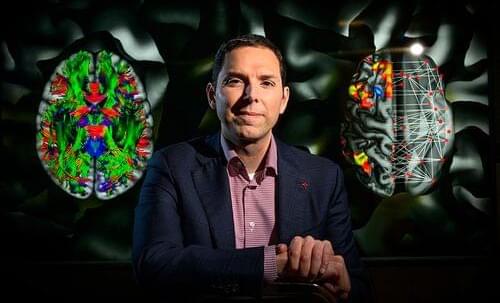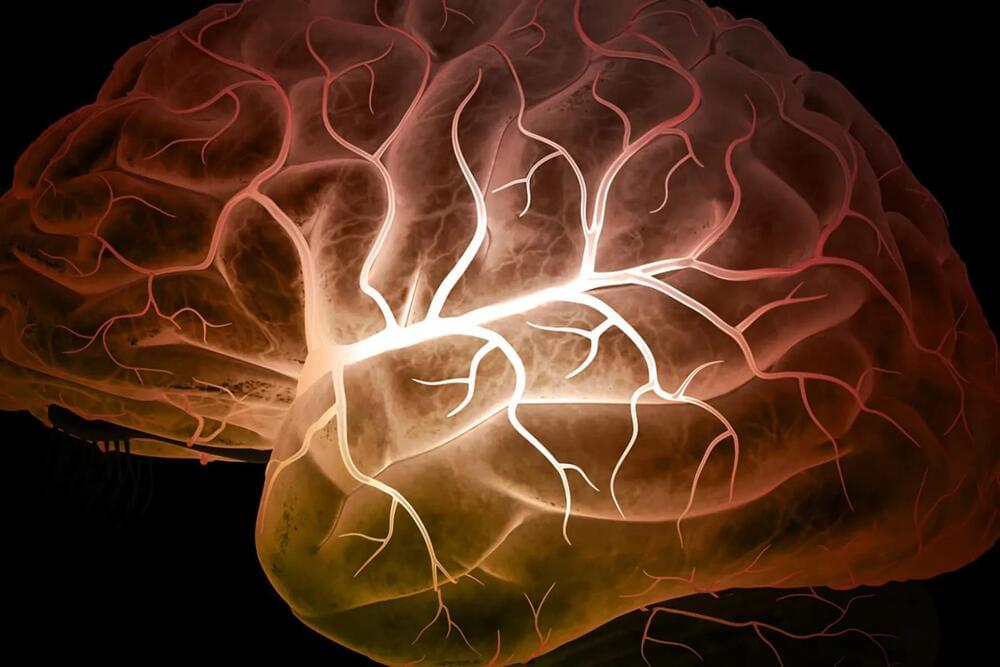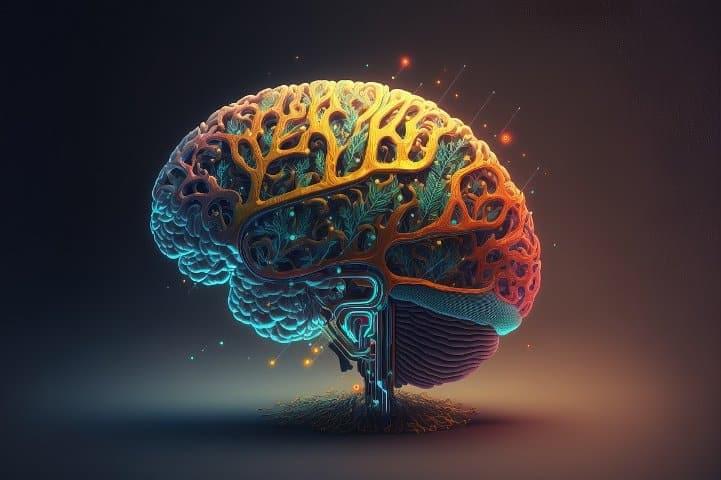U. of I. professor Aron Barbey, pictured, and co-author Evan Anderson found that taking into account the features of the whole brain–rather than focusing on individual regions or networks–allows the most accurate predictions of intelligence.



Patients who received the treatment had less severe brain symptoms and better daily functioning 90 days after the stroke, as compared with those who received clot treatment and a placebo medication.
Butylphthalide is approved and available for use in China, where the study was done. But the medication hasn’t been approved for use by the FDA.
“This is the first trial to show the benefit of using a medication that protects the brain from damage caused by a lack of oxygen to brain tissue. The medication was given to patients with acute ischemic stroke who were also receiving treatment to restore blood flow to the brain,” says co-author Baixue Jia, MD, a doctor of interventional neuroradiology at the Beijing Tiantan Hospital and the China National Clinical Research Center for Neurological Diseases in Beijing.

Summary: Blocking the activity of the reactor called the aryl hydrocarbon receptor in T cells resulted in both a decrease in inflammation and recovery in mouse models of multiple sclerosis.
Source: University of Virginia.
University of Virginia Health neuroscientists have discovered a potential way to disrupt the chronic inflammation responsible for multiple sclerosis.

Immunotherapy is currently a treatment option for breast cancer, melanoma, leukemia, and non-small cell lung cancer.
Researchers are currently looking at using immunotherapy as a treatment for other types of cancer, including prostate cancer, brain cancer, and ovarian cancer.
Do you find yourself buried under an avalanche of tedious coding tasks? Is your brain about to explode from hours of troubleshooting? Fear not, for we have just the solution you need!
In this video we have conjured up 5 magical ways ChatGPT will revolutionize the way you work in data science. Get ready to be spellbound by these 5 enchanting use cases:
0:00 Five Use-Cases Summary.
0:31 1 — Python Library Suggestions.
3:27 2 — Code Troubleshooting.
6:21 3 — Code Generation.
10:24 4-Translate Code from R to Python.
15:17 5 — Article Summarization.
With ChatGPT by your side, you can save time, increase accuracy, and take your data science skills to a whole new level. These tips and tricks are guaranteed to have a significant impact on your career in data science, whether you’re a padawan or a Jedi master.
So, if you’re ready to become a data science wizard, then this video is a must-watch!
You can find us also here:
Neurologists at a memory clinic in China have diagnosed a 19-year-old with what they believe to be Alzheimer’s disease, making him the youngest person to be diagnosed with the condition in the world.
The male teenager began experiencing memory decline around age 17, and the cognitive losses only worsened over the years.
Imaging of the patient’s brain showed shrinkage in the hippocampus, which is involved in memory, and his cerebrospinal fluid hinted at common markers of this most common form of dementia.


Year 2020 face_with_colon_three
Frontotemporal dementia (FTD) and amyotrophic lateral sclerosis (ALS) are two fatal and incurable neurodegenerative diseases linked by a shared genetic cause – a heterozygous hexanucleotide (GGGGCC) repeat expansion in a single allele of the C9orf72 gene. The goal of this work is to develop novel CRISPR based therapeutic gene editing technologies and test whether gene editing can reverse the cellular pathology caused by this repeat expansion in patient derived cells. The results of these studies will advance our use of CRISPR technologies for therapeutic editing in FTD/ALS, inform our understanding of the regulation of C9orf72 gene, and will be applicable to many other repeat expansion and single gene disorders.

A single dose of psilocybin, the active compound in “magic mushrooms,” given to mice prompted a long-lasting increase in the connections between neurons.
In a new study, Yale researchers show that a single dose of psilocybin given to mice prompted an immediate and long-lasting increase in connections between neurons. The findings are published July 5 in the journal Neuron.

Elon Musk wants to put a computer chip in your brain. Well, maybe not in your brain, but in the brain of some human somewhere.
Musk’s neurotech startup, Neuralink, has been working toward implanting its skull-embedded brain chip in a human since it was founded in 2016. After years of testing on animal subjects, Musk announced in December that the company planned to initiate human trials within six months (though this wasn’t the first time he’d said these trials were on the horizon).
Neuralink has spent over half a decade figuring out how to translate brain signals into digital outputs – imagine being able to move a cursor, send a text message, or type in a word processor with just a thought.